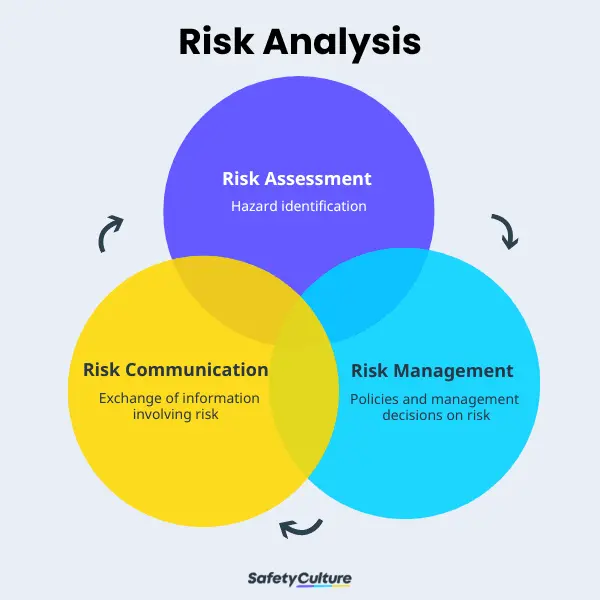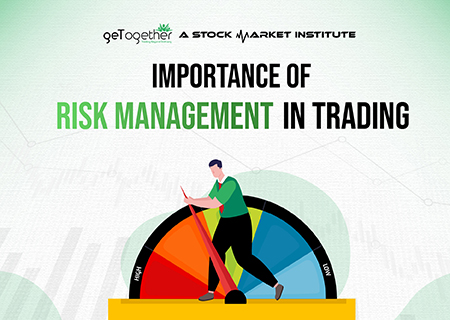The Importance and Importance of Risk Management in Ensuring Organizational Continuity
The Importance and Importance of Risk Management in Ensuring Organizational Continuity
Blog Article
The Importance of Recognizing the Relevance of Risk Management in Different Industries

The Core Principle of Risk Management and Its Objective
Risk Management, the keystone of many industries, hinges on the recognition, examination, and mitigation of uncertainties in a company setting. By correctly determining potential threats, companies can create strategies to either protect against these risks from occurring or lessen their effect. Once dangers have actually been recognized and assessed, the mitigation process involves creating approaches to minimize their prospective effect.
Advantages of Carrying Out Risk Management in Service Operations

Unveiling the Duty of Risk Management in Different Industries
While every industry faces its unique collection of threats, the implementation of Risk Management methods remains a common denominator in their search of sustainability and growth. In the health care market, Risk Management involves ensuring client safety and data protection, while in financing, it includes mitigating financial investment dangers and making certain governing conformity (importance of risk management). Construction companies concentrate on employee security, task delays, and budget plan overruns. In the technology industry, firms minimize cybersecurity dangers and modern technology obsolescence. Eventually, the duty of Risk Management across industries is to identify, examine, and minimize threats. It is a crucial component of strategic planning, enabling companies to secure their assets, make best use of chances, and attain their goals.
Real-life Study Demonstrating Effective Risk Management
To understand the relevance of Risk Management in these many industries, one can look to several real-life instances that highlight the successful application of these actions. Toyota, post the 2011 earthquake in Japan, changed its supply chain Management to lessen disturbance risks. These situations demonstrate exactly how sectors, learning from dilemmas, effectively applied Risk Management approaches to decrease future dangers.
Future Fads and Developments in Risk Management Approaches
Cybersecurity, once a peripheral concern, has catapulted to the forefront of Risk Management, with techniques concentrating on reaction, avoidance, and detection. The combination of ESG (Environmental, Social, Governance) variables into Risk Management is an additional expanding trend, reflecting the increasing recognition of the function that ecological and social threats play go in company sustainability. Hence, the future of Risk Management lies in the combination of innovative innovation, cutting-edge approaches, and a holistic technique.
Conclusion
To conclude, comprehending the relevance of Risk Management throughout a range of markets is important for their long life and prosperity. Customized strategies can assist minimize potential risks, secure assets, and foster stakeholder trust fund. In addition, aggressive decision-making help in regulative conformity and enhances source usage. Ultimately, successful Risk Management adds to more resistant and sustainable companies, highlighting the relevance of this practice in today's vibrant and very competitive company setting.
While every market faces its special set of threats, the execution of Risk Management approaches continues to be an usual denominator in their quest of sustainability and growth. In the medical care field, Risk Management involves ensuring patient safety and security and data defense, while in money, it includes mitigating investment risks and making certain governing conformity. Ultimately, the duty of Risk Management across sectors is to recognize, assess, and minimize threats. These instances show how sectors, finding out from situations, properly applied Risk Management methods see here to lower future dangers.

Report this page